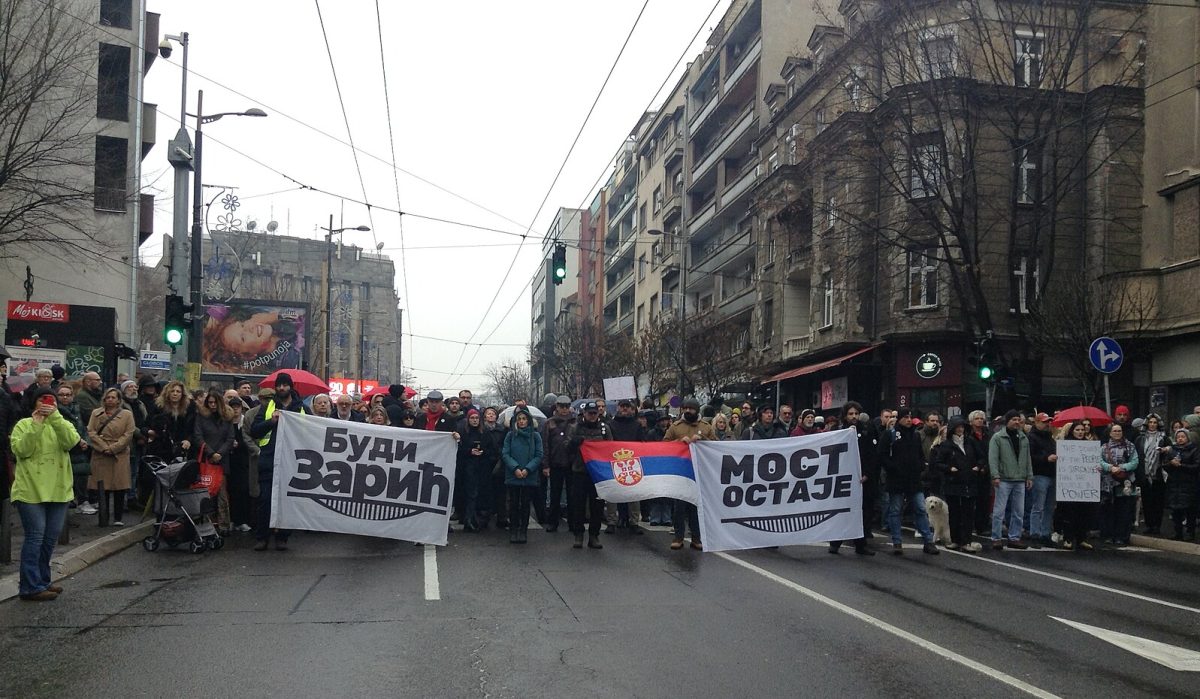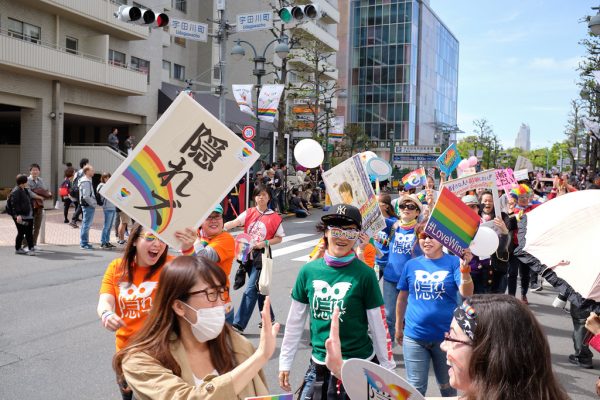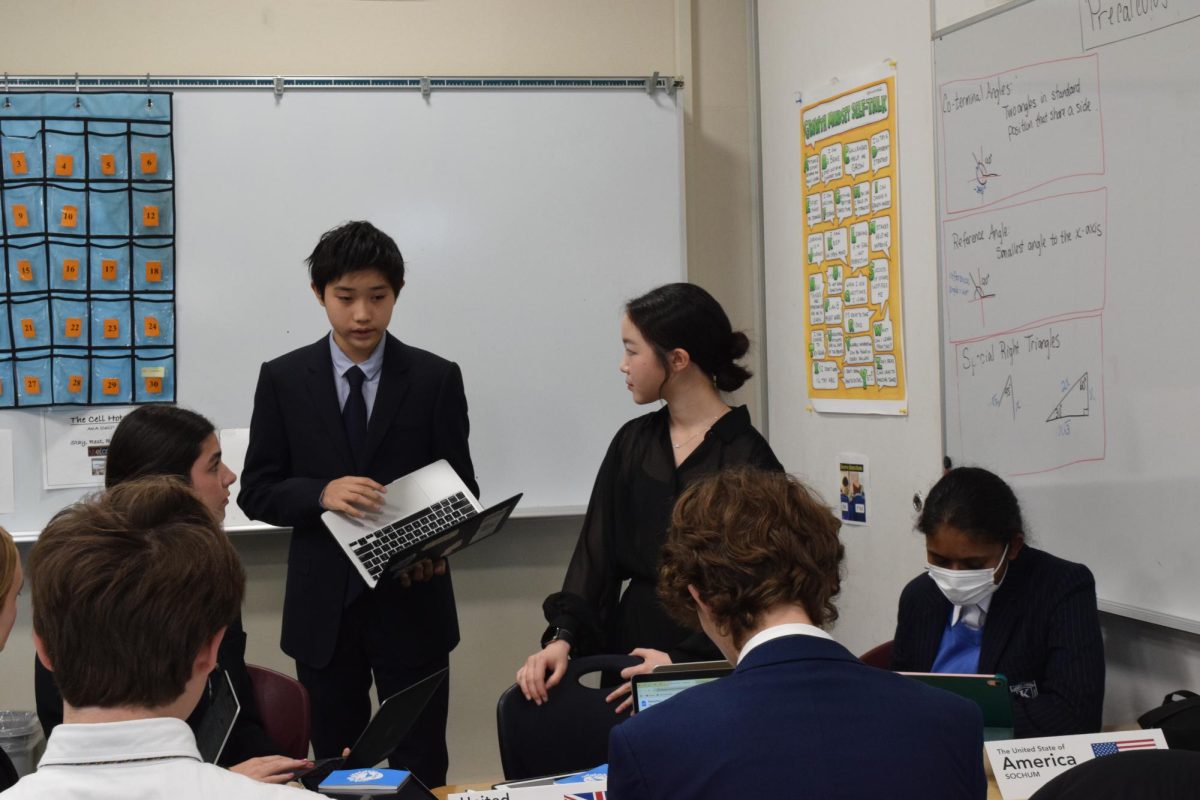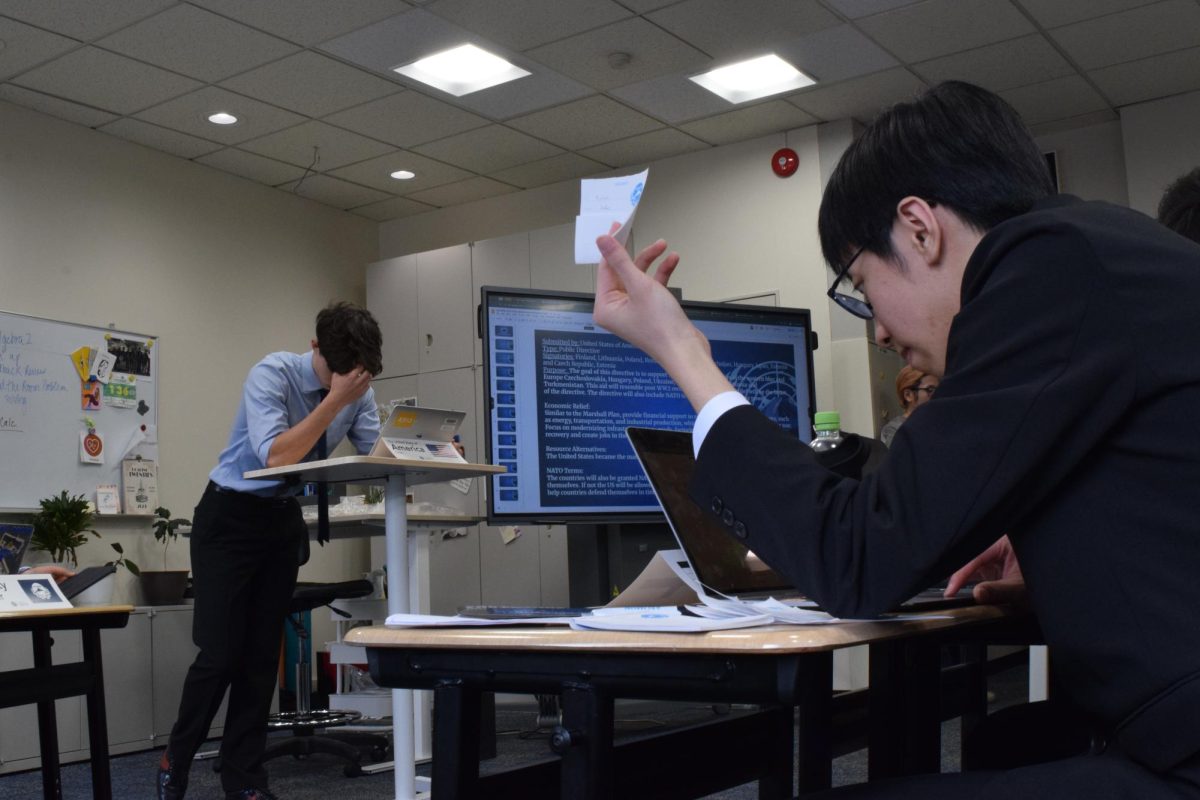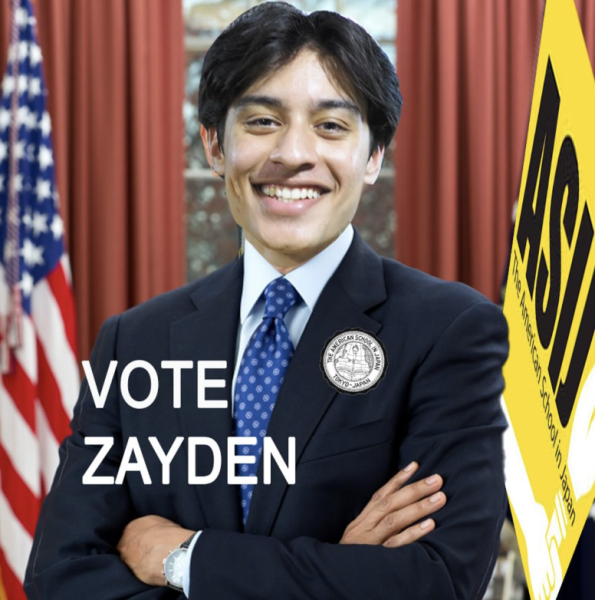The Batman: Fresh Take on a Superhero
May 9, 2022
Unlike Superman—the cleancut, goody-two-shoes superhero—Batman is much more morally ambiguous, prowling the streets at night, violently beating even the pettiest of thugs, and regularly employing tactics such as fear and intimidation. While the comics have allowed for such dark themes to play out with more freedom (for example, The Killing Joke included rape and insanity), film adaptations have struggled to strike the right balance in terms of the themes they present.
In the decade that followed Christopher Nolan’s remarkable Dark Knight trilogy, DC has continued to make Batman darker and more brooding, largely to differentiate itself from the MCU (Marvel Cinematic Universe) and its more positive, light-hearted films. In the most recent adaptations, we have been introduced to a middle-aged, broken Caped Crusader (played with visible exhaustion by Ben Affleck) who breathes so heavily one can’t tell if he’s trying to be intimidating or simply running out of breath.
So while Matt Reeves’ The Batman generated significant buzz as its release date neared, I wasn’t too excited. In fact, I felt a sense of fatigue. Great, another director promising a fresh take on my favourite superhero. More talk of a dark, brooding, bloody Batman. Yet, I must admit, I was pleasantly surprised as I left the cinema. This was violence and menace at its very finest. Reeves did not disappoint.
Early in the film we are introduced to a relatively young Batman, a couple of years into his stint as Gotham’s crime-fighting vigilante. Played by Robert Pattinson, Batman’s sole purpose is to strike fear into the hearts of Gotham’s scum—hence, his knack for referring to himself as “vengeance” and wearing thick black eyeshadow.
As the city is rocked by a series of gruesome killings addressed to “the Batman,” the Caped Crusader is called into action. From here the plot unfolds like a good crime thriller—think Zodiac, Se7en, or Heat—as Batman and Detective Gordon follow the clues left by the so-called “Riddler” and uncover a corruption scandal that embroils every aspect of the city: the underworld, the police department, and the Mayor’s office.
While the plot is nothing groundbreaking, Reeves does an impressive job of story building. Despite being close to 180 minutes long, the film does well to hold the audience’s attention, with each clue left by the Riddler presenting new information and building suspense as the film moves to the ultimate reveal.
Another welcome aspect is the film’s portrayal of Batman as a work-in-progress, as someone who is still uncertain about the impact he is having. By highlighting the similarities between the Riddler and the Batman—both tired of Gotham’s crime and corruption, both driven by angst, both willing to take matters into their own hands—it makes the audience question Batman’s methods, and whether “vengeance” is doing more harm than good.
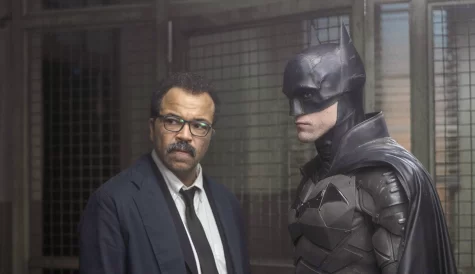
It’s here where Pattinson really shines in the role and answers all the naysayers (myself included) who argued he was the wrong choice to wear the iconic cowl. Even though most of the film centers on Batman and his alter-ego, Bruce Wayne, only makes the occasional appearance, Pattinson conveys emotions well by adjusting his physical presence and voice.
In a memorable sequence, consumed by anger, Batman violently beats one of The Riddler’s followers, yet the audience can perceive the superhero’s vulnerability. The graphic nature of the film’s violence lends an added level of intimacy to the viewer. In that instance, we aren’t seeing Gotham’s very own “Vengeance.” We see the young, scared child who witnessed his parents’ murders.
For all the film’s highs and promise, it fails to provide a memorable ending. Being a big-budget superhero film, a high-stakes, action-heavy finale was a given. However, it felt out of place with the rest of the film. Till that point we had witnessed an intimate criminal-detective thriller; however, Reeves’ decision to up-the-ante and unveil The Riddler’s master plan to flood the city with the help of his Internet lackeys felt forced.
One can understand why the choice was made. In the wake of last January’s US Capitol riots, an armed mob assembled through anonymous online chat groups is a terrifying prospect. However, for a criminal that has operated on an intentionally limited scale—choosing his victims and setting up elaborate killing machinations—to suddenly shift gears and launch a city-wide terrorist attack felt confusing.
The Batman is a thoroughly enjoyable film that does its best to add a fresh take on a superhero whose tale has been done to death. While it doesn’t always succeed, the attempt is enough to keep us rooted to our seats in suspense.








